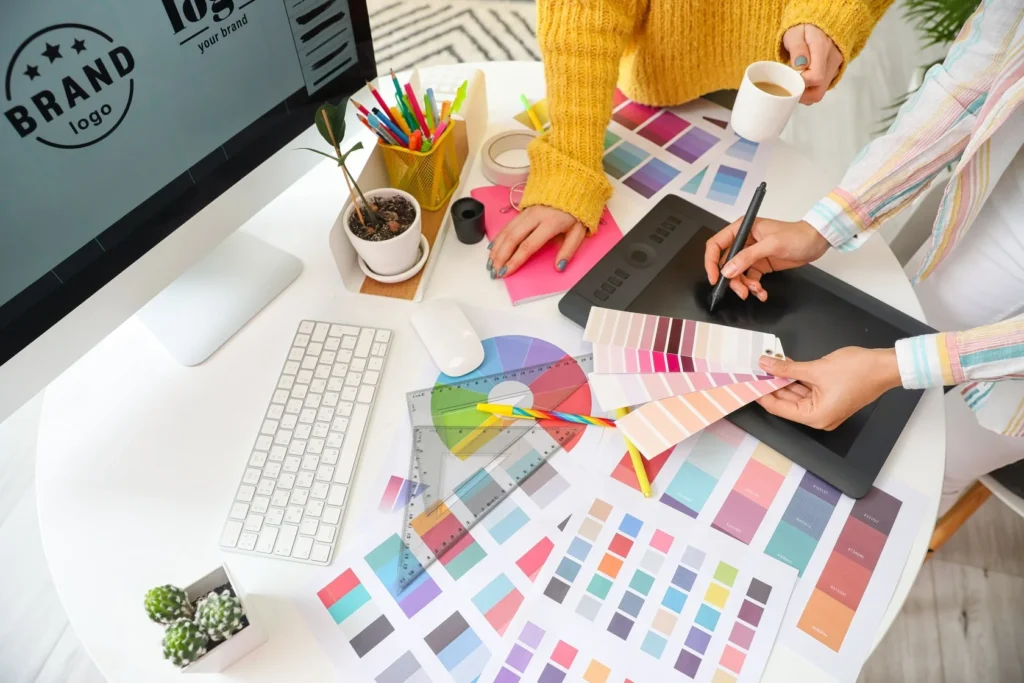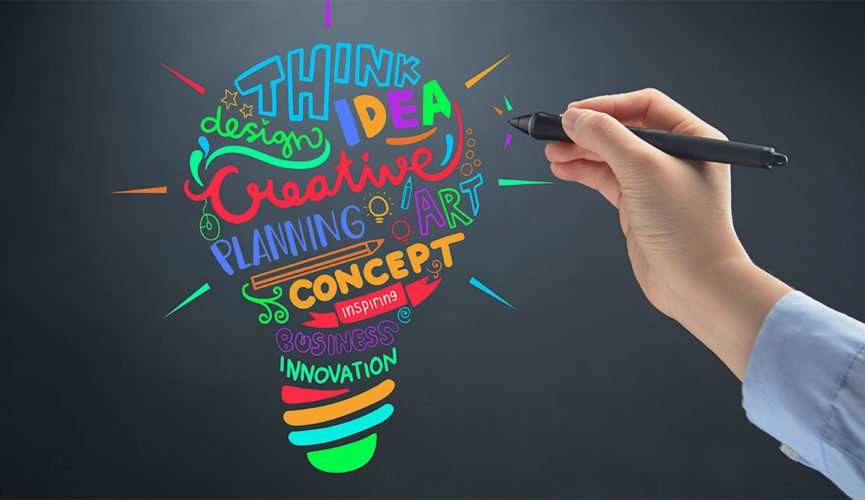
Introduction
In the modern business world, design is no longer simply about making things look attractive—it has become a crucial part of strategy, communication, and customer engagement. First impressions matter, and for many businesses, that first impression comes through a logo, company profile, or product packaging. If these touchpoints are weak, unclear, or outdated, potential customers may lose trust before even considering the product or service.
Professional design serves as the bridge between a business and its audience, helping brands tell their story in a compelling, trustworthy, and memorable way.
Why Professional Design Matters More Than Ever
The Visual Language of Trust and Credibility
Today’s consumers are highly visual. Studies show that people form an opinion about a brand within the first 7 seconds of interaction, and much of this judgment comes from visual cues. A professionally designed logo, brochure, or packaging instantly communicates trustworthiness, while a poorly executed design can have the opposite effect.
For example, a restaurant with a polished logo and modern menu design appears more professional and reliable than one with a pixelated, generic design. Customers often equate good design with good service, even before trying the product itself.
Standing Out in a Competitive Market
In Malaysia and across Southeast Asia, the number of new businesses entering the market each year continues to rise. This creates a crowded environment where companies compete not only on price and quality but also on visibility. A unique and cohesive design gives businesses an immediate competitive advantage, helping them cut through the clutter.
The Key Elements of Business Design

Branding: Defining Identity and Personality
Branding is the foundation upon which all other design elements are built. It is not simply a logo or color scheme but the overall personality of a business—how it speaks, how it looks, and how it makes people feel.
A strong branding system ensures that every communication channel—from websites and business cards to advertising campaigns—presents the same unified message. This consistency builds trust and makes a company more recognizable in the eyes of customers.
Logo Design: The Business Signature
A logo is often the first—and sometimes the only—visual representation of a company that customers encounter. It must capture the essence of a business in a simple yet powerful image.
Characteristics of a Strong Logo
- Simplicity – Easy to recognize and remember.
- Versatility – Scales across digital platforms, print, signage, and merchandise.
- Timelessness – Not tied to fleeting design trends.
- Relevance – Reflects the industry and personality of the brand.
Think of globally recognized logos like Apple, Nike, or Starbucks. They are minimal yet powerful, instantly conveying meaning without needing words.
Company Profile Design: The Business Storybook
In many industries, a company profile is one of the most critical documents for securing partnerships, investments, and clients. It introduces the business, highlights achievements, and positions the brand as a credible partner.
Unfortunately, many profiles are text-heavy, poorly formatted, or visually uninspiring. This is where agencies such as A Plus Design, based in Johor Bahru, Malaysia, make a real difference. They specialize in transforming ordinary documents into persuasive brand assets—blending storytelling with creative layouts, professional typography, and engaging visuals. A well-designed company profile not only informs but also impresses and persuades, turning opportunities into real business growth.
Packaging Design: Selling Beyond the Shelf
Packaging is often referred to as the “silent salesman.” It influences purchasing decisions at the point of sale, shapes customer expectations, and enhances product experiences.
A Plus Design approaches packaging with both creativity and strategy. They focus on making packaging functional, attractive, and aligned with brand identity. For example, eco-friendly packaging is increasingly popular, and incorporating sustainability into design not only appeals to conscious consumers but also elevates a brand’s reputation.
The Psychology of Packaging
- Colors can influence emotions—red creates urgency, green suggests naturalness, gold conveys luxury.
- Typography sets the tone—modern fonts suggest innovation, serif fonts suggest tradition.
- Shape and form can create memorability—unique packaging is more likely to stand out on a crowded shelf.
Local Expertise: The Johor Bahru Advantage
Designing with Cultural Sensitivity
Design is not one-size-fits-all. Colors, symbols, and styles carry different meanings across cultures. For instance, while white symbolizes purity in some cultures, it is associated with mourning in others. A Plus Design’s location in Johor Bahru allows them to blend Malaysian cultural insight with global design trends, ensuring their work resonates with local audiences while remaining internationally appealing.
Strategic Position in Southeast Asia
Johor Bahru is not just a Malaysian city—it is a growing business hub with close ties to Singapore. This location provides unique opportunities for companies that want to scale regionally. By partnering with a design agency like A Plus Design, businesses gain access to professionals who understand both local market dynamics and the expectations of international clients.
The Tangible Benefits of Professional Design
Stronger Brand Recognition
A consistent, high-quality visual identity makes it easier for customers to remember and recognize a business. Recognition builds familiarity, and familiarity leads to trust.
Increased Customer Engagement
Well-designed visuals—whether social media posts, websites, or printed brochures—naturally attract more attention. When design is combined with compelling messaging, engagement levels increase significantly.
Perception of Higher Value
Customers are often willing to pay more for products that appear premium, and professional design is a key factor in shaping this perception. For example, a beauty product with elegant packaging and branding may command a higher price than a generic-looking competitor, even if the formula is similar.
Better Business Opportunities
Investors, partners, and clients are more likely to take a company seriously when its presentation is polished and professional. A great logo, strong company profile, and cohesive branding can open doors that might otherwise remain closed.
Steps Businesses Can Take to Elevate Their Design
- Define Core Brand Values – Identify what makes the business unique and ensure design communicates this.
- Invest in a Professional Logo – Avoid DIY logos that may harm credibility; treat the logo as a long-term investment.
- Update the Company Profile – Use visuals, graphics, and storytelling to make it engaging.
- Prioritize Packaging Innovation – Think beyond aesthetics—make packaging functional, eco-friendly, and memorable.
- Maintain Consistency Across Touchpoints – From websites to brochures, consistency reinforces professionalism.
Conclusion: Design as a Growth Strategy
In today’s fast-paced, design-driven marketplace, businesses cannot afford to treat visual identity as an afterthought. From branding and logos to company profiles and packaging, every design element is a reflection of professionalism and credibility.
A Plus Design in Johor Bahru demonstrates how creativity and strategy combine to elevate businesses. Their expertise in crafting logos, brand identities, profiles, and packaging proves that design is not just decoration—it is a growth strategy.
Companies that invest in professional design gain more than just aesthetic appeal; they gain trust, recognition, customer loyalty, and long-term success. In the end, great design is not just about looking good—it is about creating meaningful connections and ensuring a business stands the test of time.
